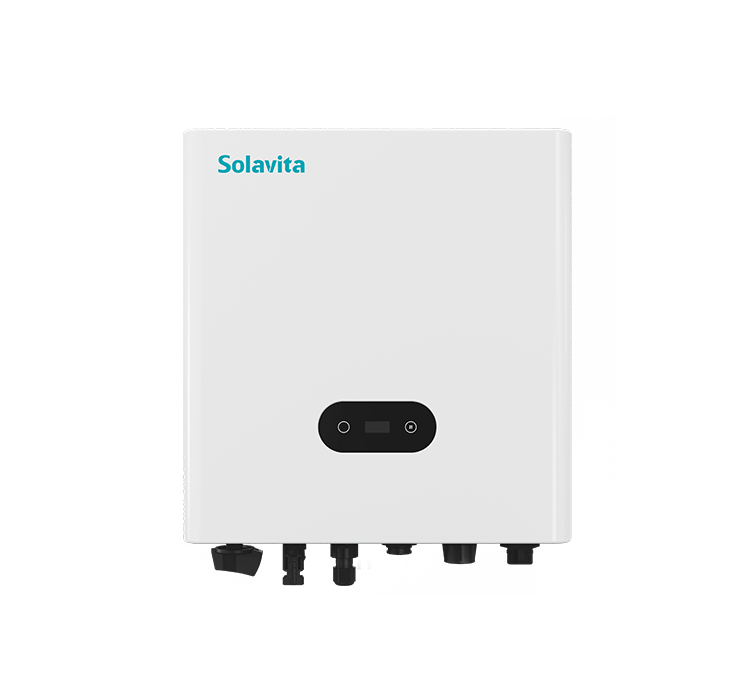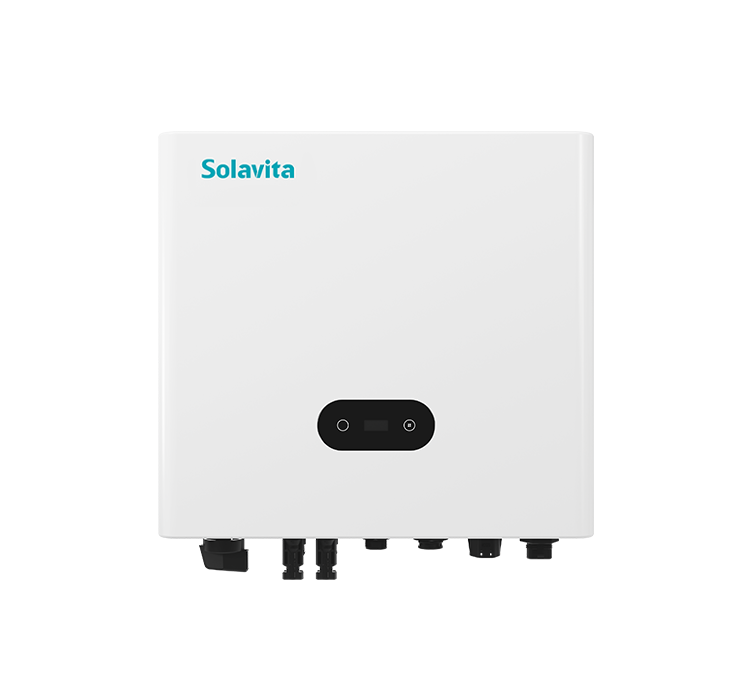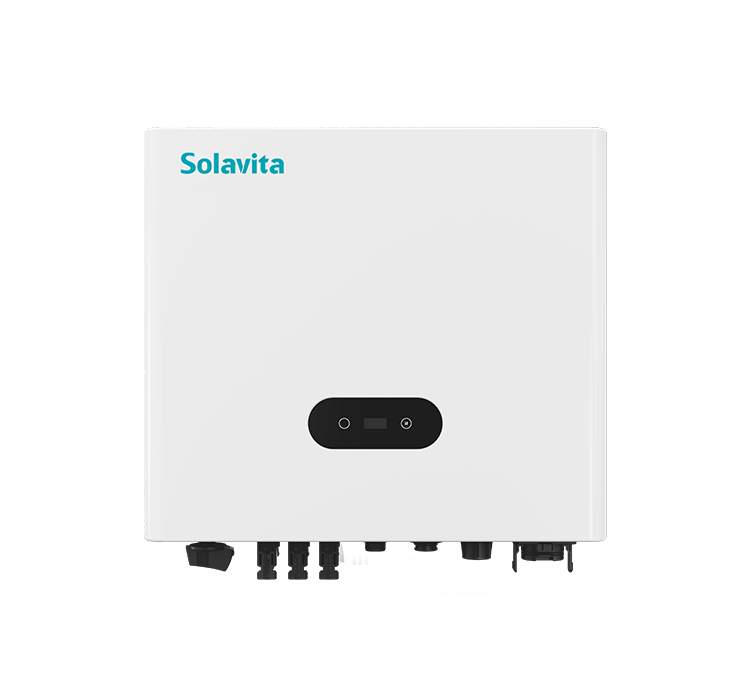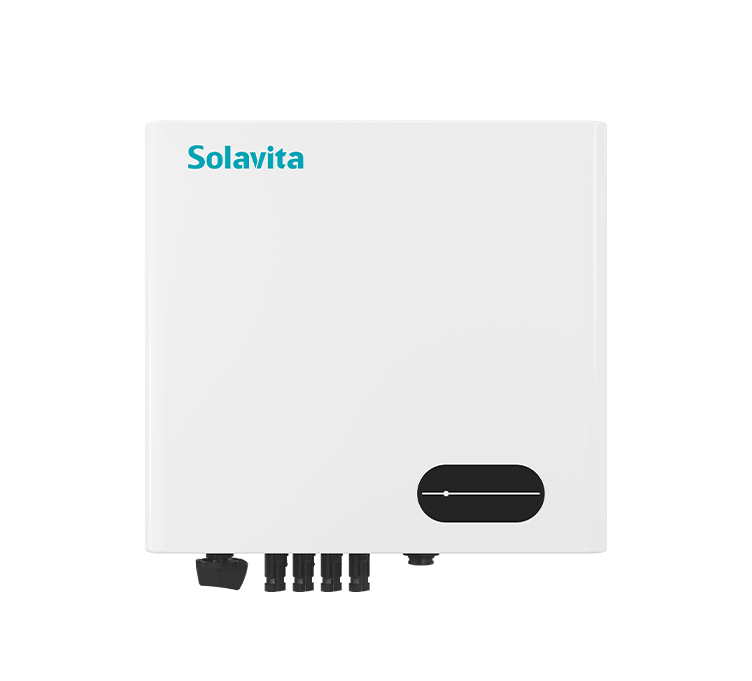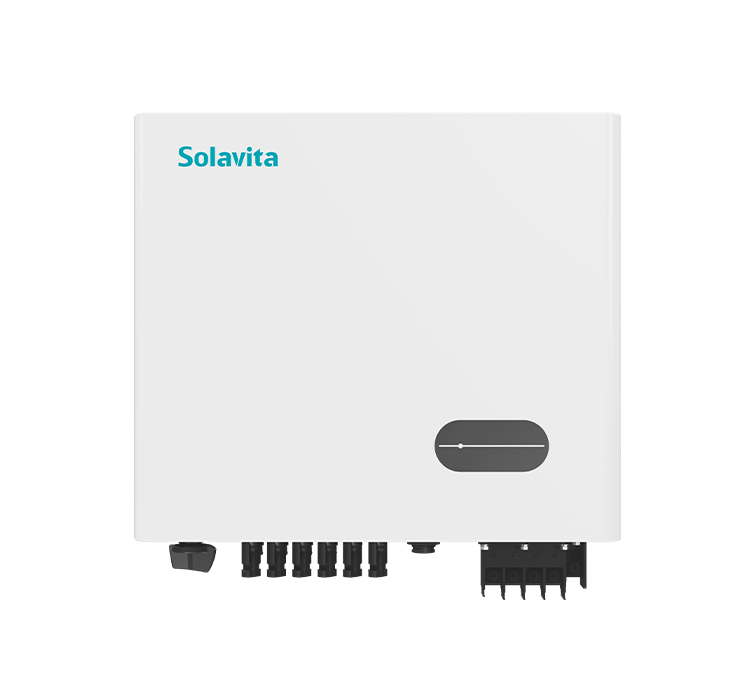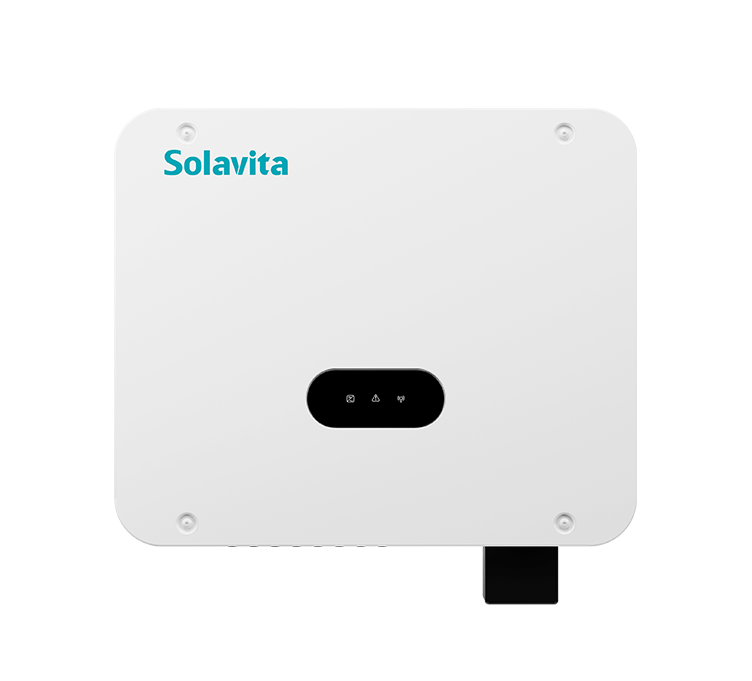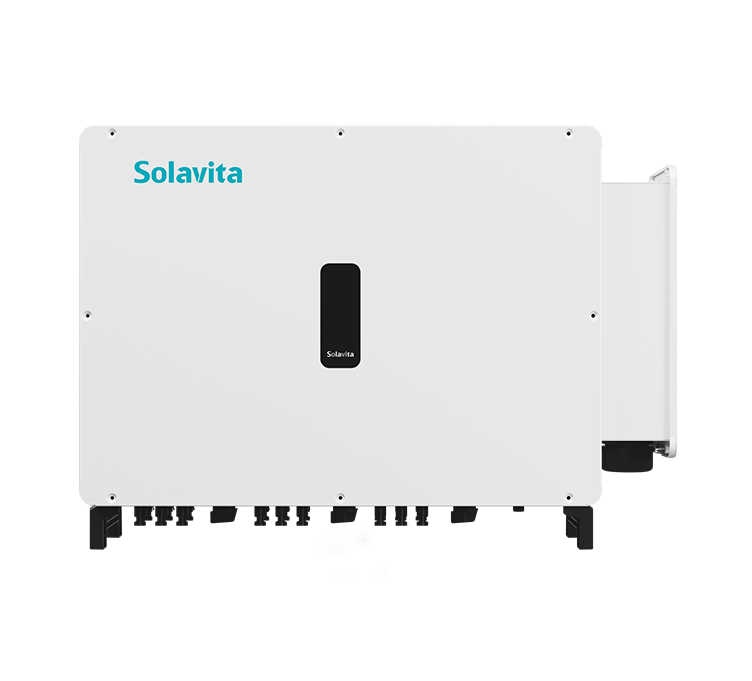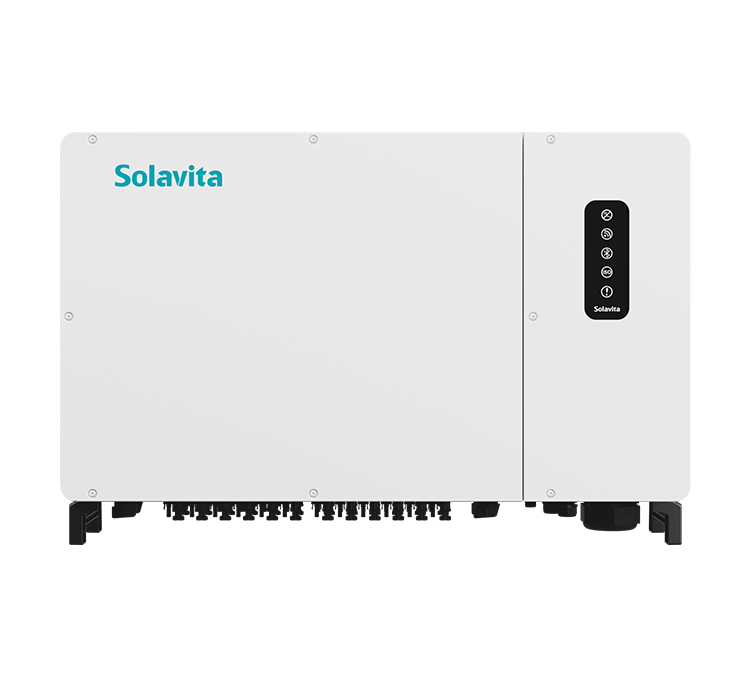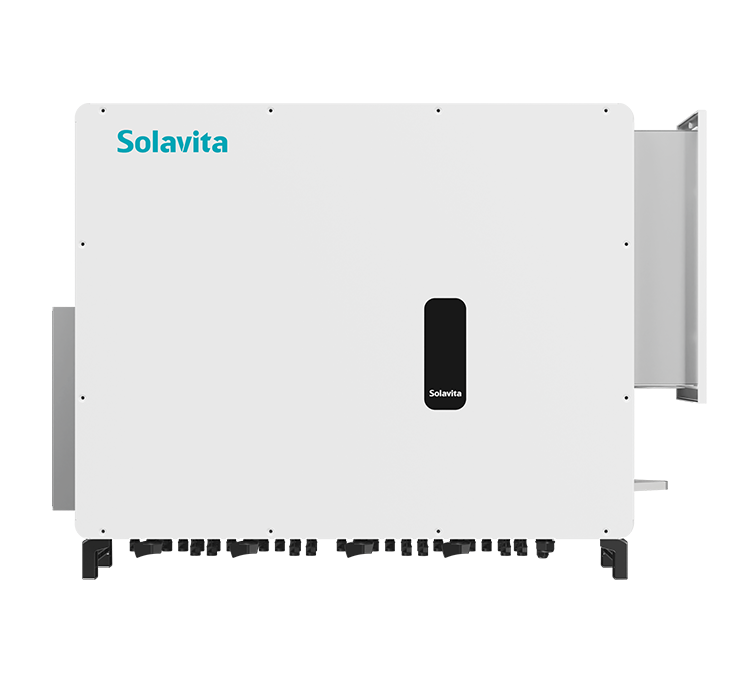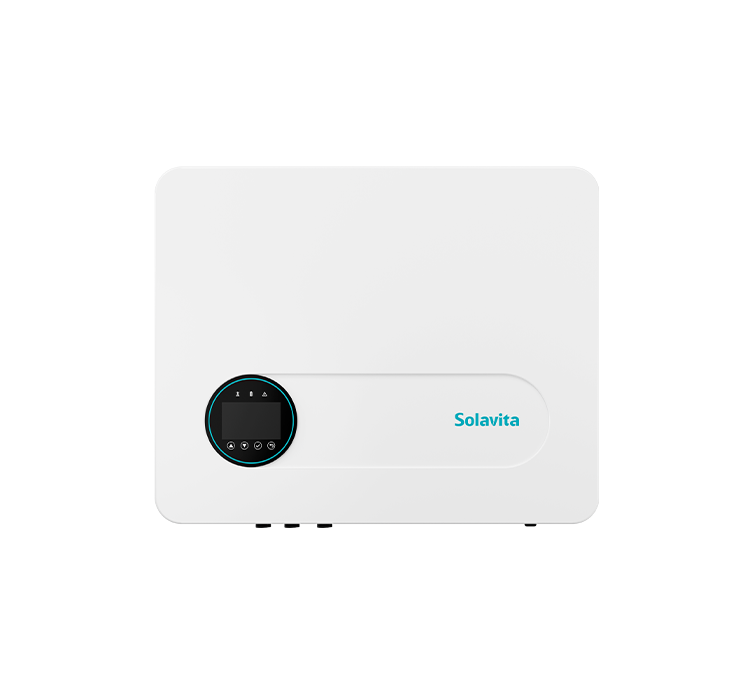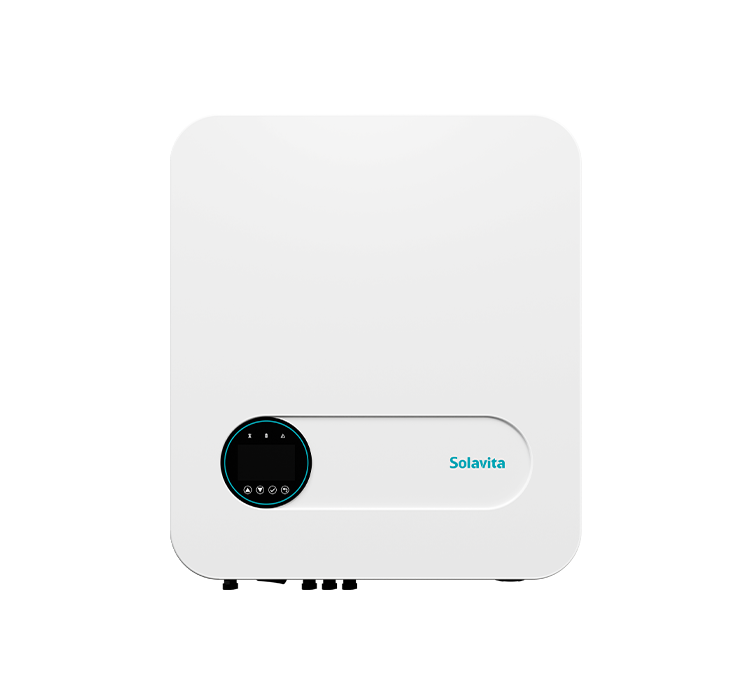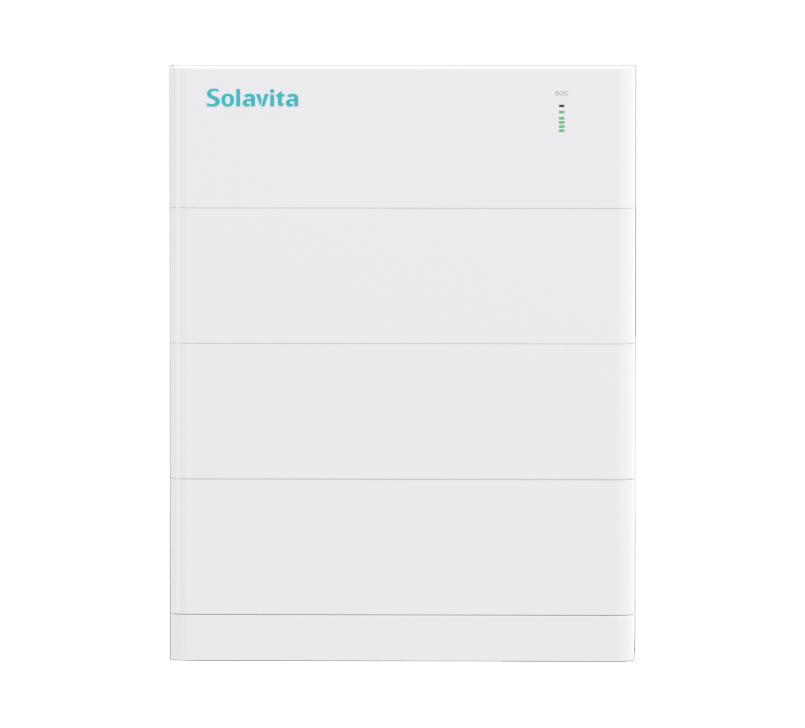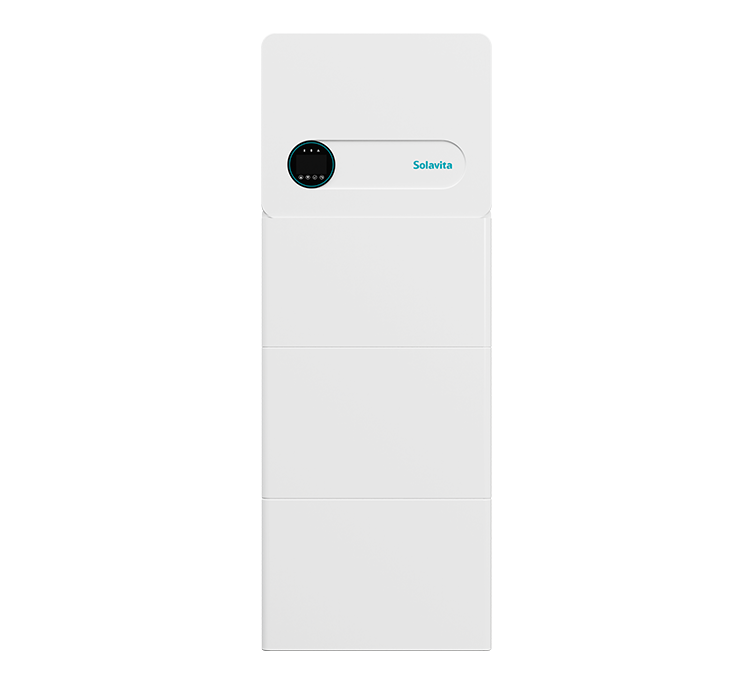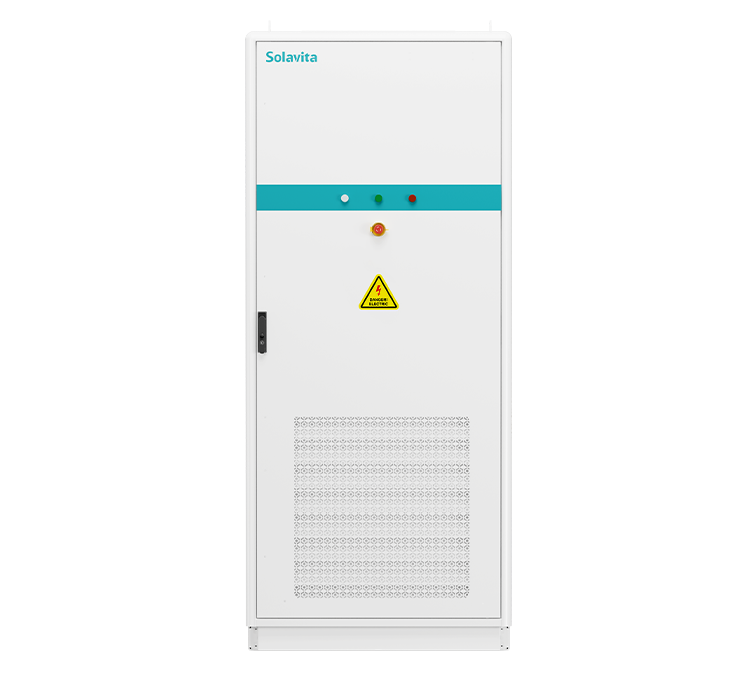Solavita: Guide to Handling High Temperatures of Inverters
Jul 15, 2024

Recently, temperatures have soared across most regions around the world, entering "grill" mode. Although ample sunshine is ideal for photovoltaic power generation, high temperatures also present significant challenges for the inverters of PV power stations. Since inverters are typically installed outdoors and exposed to direct sunlight for extended periods, their internal temperature can rapidly rise, leading to various potential issues.
Under high-temperature conditions, the internal temperature of the inverter increases, triggering the system's over-temperature derating protection mechanism. This results in a reduction in the inverter's output power to prevent overheating and equipment damage. Consequently, the inverter's operational efficiency is affected, leading to decreased output power and impacting the overall power generation of the PV system. Furthermore, high temperatures accelerate the aging of internal components, shortening the equipment's lifespan. In extreme cases, this could even lead to inverter damage or shutdown.
To mitigate the adverse effects of high temperatures on inverters, the following measures can effectively enhance their stability and efficiency:
1. Optimize Installation Environment:When installing inverters, ensure adequate spacing between devices to maintain good ventilation and heat dissipation. Additionally, choose well-ventilated locations for installation and avoid direct sunlight as much as possible.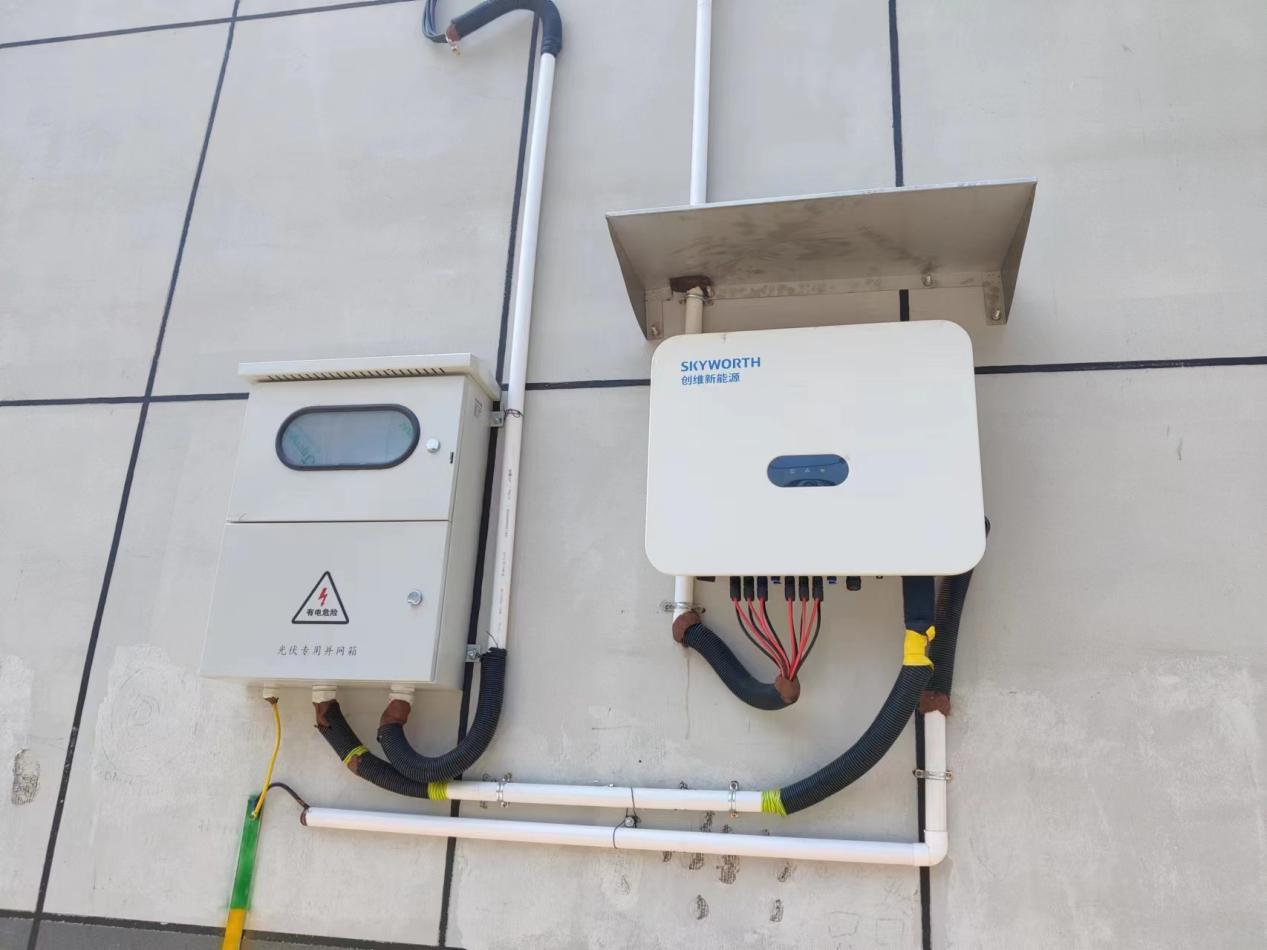
2. Add Protective Facilities: When installing inverters outdoors, add protective facilities such as sunshades or rain covers. These not only prevent direct sunlight but also protect against rain, snow, and falling leaves.
3. Regular Maintenance: Conduct regular maintenance on inverters, especially cleaning fans and other cooling components to ensure they function properly. Removing dust buildup helps improve heat dissipation efficiency and lowers the operating temperature of the equipment.
4. Choose Reliable Inverters: Solavita inverters excel in coping with high temperatures, offering multiple layers of protection for users. The IP66 protection rating ensures effective dust and water resistance, guaranteeing stable operation under high temperature and humidity conditions. Each unit is equipped with fans and heat sinks for cooling, reducing potential risks posed by high temperatures.
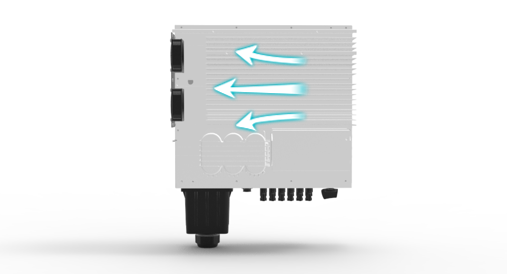
For example, the Solavita 33kW three-phase grid-tied inverter can operate at full power at 50°C and achieve 1.1 times overload operation at 45°C. Compared to similar products from other manufacturers, Solavita inverters generate more power in high-temperature environments and perfectly match the operational characteristics of the modules without restricting their power output. This ensures customers' power generation revenue in hot weather and maximizes their return on PV investments.
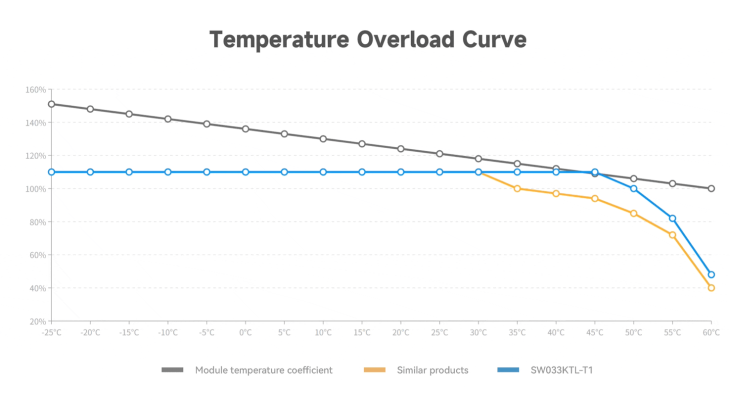
Additionally, Solavita inverters come with advanced fault alarm functions. Users can monitor the inverter's operational status, power generation, and efficiency in real-time through the Solavita Cloud. When a fault occurs, the system can accurately locate and report the fault information in real time, providing solutions to help users quickly identify and resolve issues, thereby enhancing on-site maintenance efficiency and saving time, effort, and worry.

As the "heart" of a PV power station, inverters are particularly important. By ensuring a reasonable installation environment, adding protective facilities, and conducting regular maintenance, we can effectively reduce the impact of high temperatures on inverters. Meanwhile, Solavita inverters guarantees the efficient operation of PV systems, providing a solid foundation for the stable operation of PV power stations and ensuring a continuous supply of green energy to thousands of households.
Latest News
-

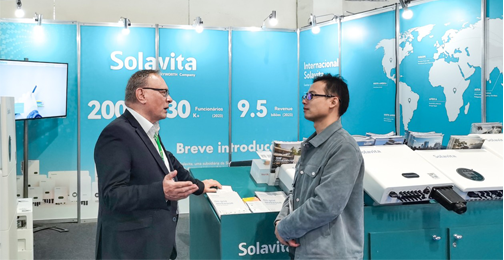 Sep 04, 2024Intersolar South America 2024: Solavita Shines with 6kW Inverter InnovationLearn More
Sep 04, 2024Intersolar South America 2024: Solavita Shines with 6kW Inverter InnovationLearn More -

 Jul 15, 2024Solavita: Guide to Handling High Temperatures of InvertersLearn More
Jul 15, 2024Solavita: Guide to Handling High Temperatures of InvertersLearn More -

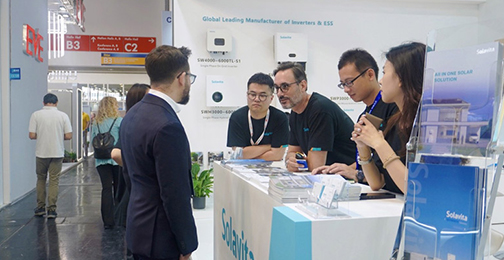 Jun 21, 2024Solavita Shines at Intersolar Europe: Showcasing Innovation in Clean Energy SolutionsLearn More
Jun 21, 2024Solavita Shines at Intersolar Europe: Showcasing Innovation in Clean Energy SolutionsLearn More -

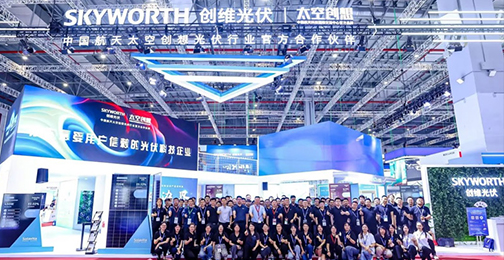 Jun 15, 2024Solavita ESS: Congratulations on the Success of SNEC 2024Learn More
Jun 15, 2024Solavita ESS: Congratulations on the Success of SNEC 2024Learn More -

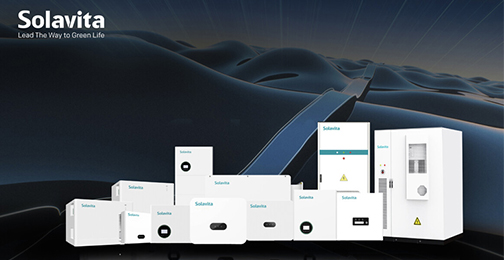 May 14, 2024Solavita Inverter: Your Gateway to the Green Power Era!Learn More
May 14, 2024Solavita Inverter: Your Gateway to the Green Power Era!Learn More
Newsletter
Stay Informed and Embrace Green Living













